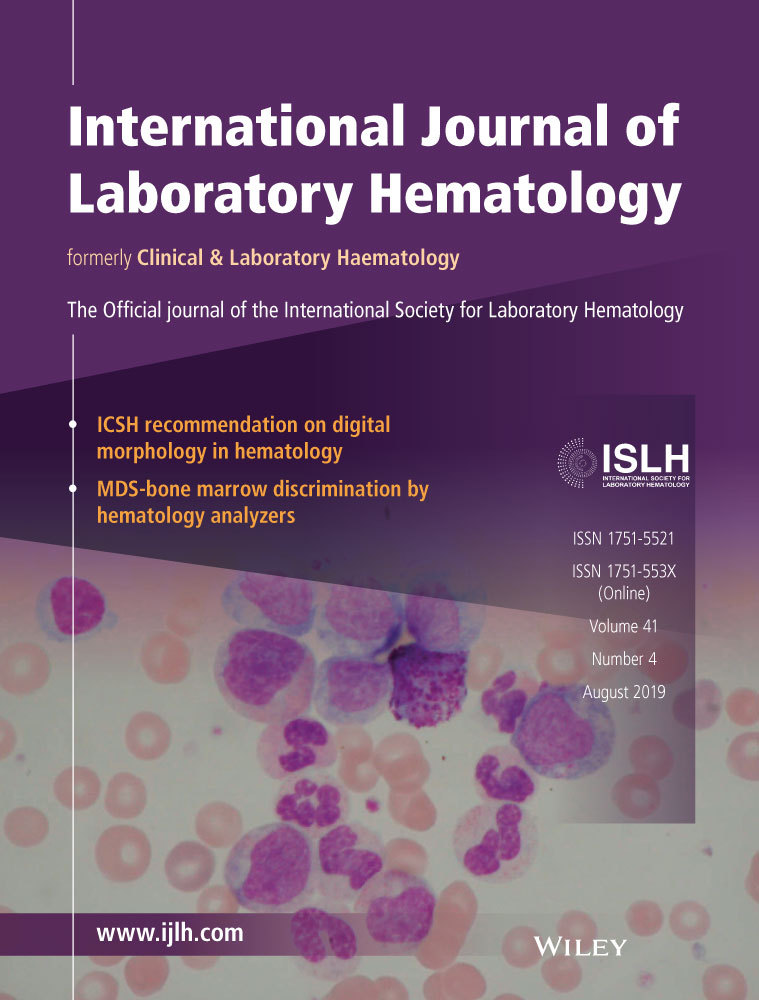Erythrocyte indices in a large cohort of β-thalassemia carrier: Implication for population screening in an area with high prevalence and heterogeneity of thalassemia
Abstract
Introduction
Most β-thalassemia carriers have hypochromic microcytosis with mean corpuscular volume (MCV) < 80 fL and mean corpuscular hemoglobin (MCH) < 27 pg. These can be variable due to β-thalassemia mutations, genetic interaction between thalassemic genes, and blood cell counters. We have examined whether these indices are effective in screening of β-thalassemia in Thailand where thalassemia is prevalence and heterogeneous.
Methods
Retrospective data were reviewed on 11 443 Thai subjects encountered from August 2014 to August 2017. Subjects with heterozygous β-thalassemia based on Hb and DNA analyses were recruited along with MCV and MCH values and analyzed.
Results
Among the 11 443 subjects reviewed, 1425 were β-thalassemia carriers. Data were available on 1214 subjects for MCV and 965 subjects for MCH. DNA analysis identified 20 different β0-thalassemia mutations in 874 (72.0%) cases and 6 β+-thalassemia mutations in 340 (28.0%) subjects. Of these 1214 carriers, 26 (2.1%) had MCV ≥ 80 fL; 6 (23.1%) carried β0-thalassemia, and the remaining 20 (76.9%) had β+-thalassemia. In contrast for those having MCH values, only 4 of 965 (0.4%) had MCH ≥ 27 pg. DNA analysis identified both β0-thalassemia and β+-thalassemia mutations.
Conclusions
Using MCV alone for the screening of β-thalassemia may pose a significant number of false negative although three-quarter of them are carriers of mild β+-thalassemia. MCH with approximately five times more sensitive is a better screening marker. Using a combined MCV and MCH is highly recommended, especially in an area with high prevalence and heterogeneity of thalassemia like Thailand.
CONFLICT OF INTEREST
None declared.




